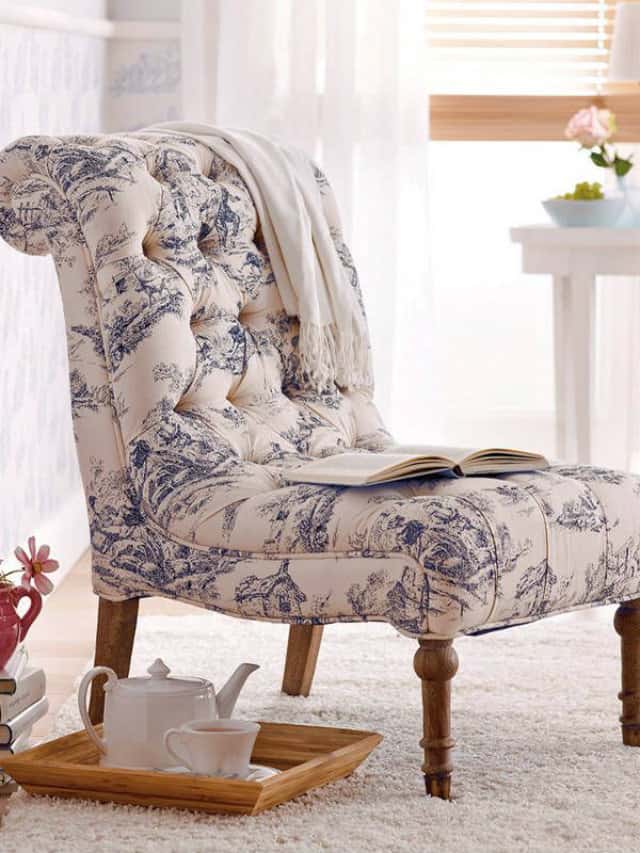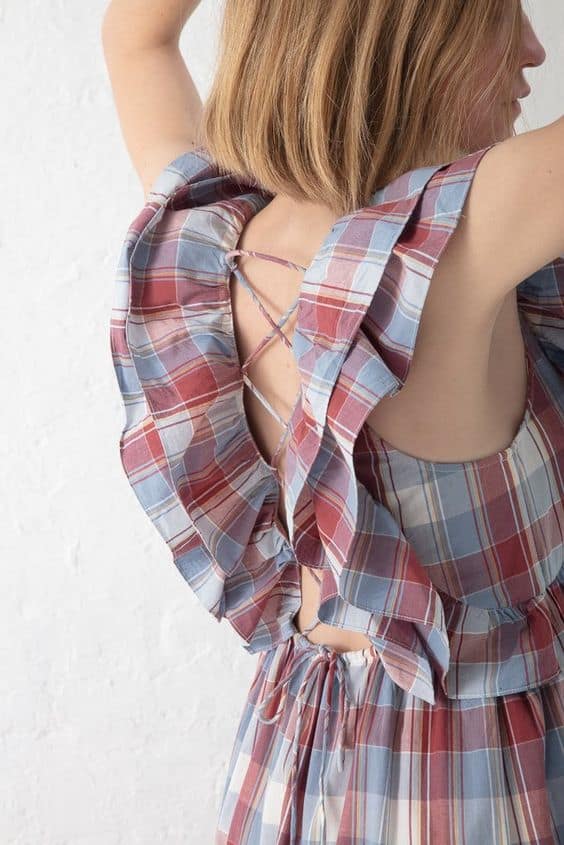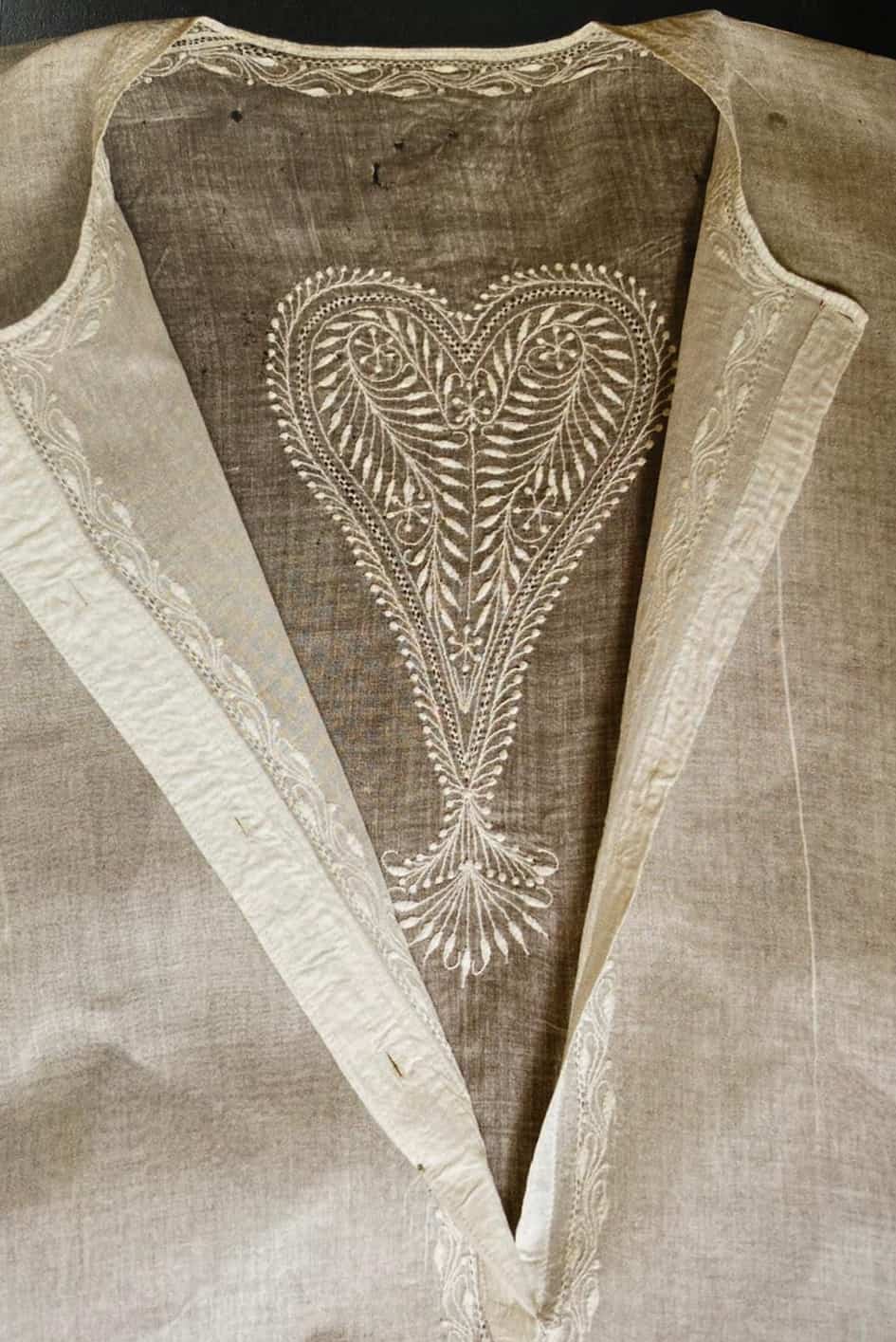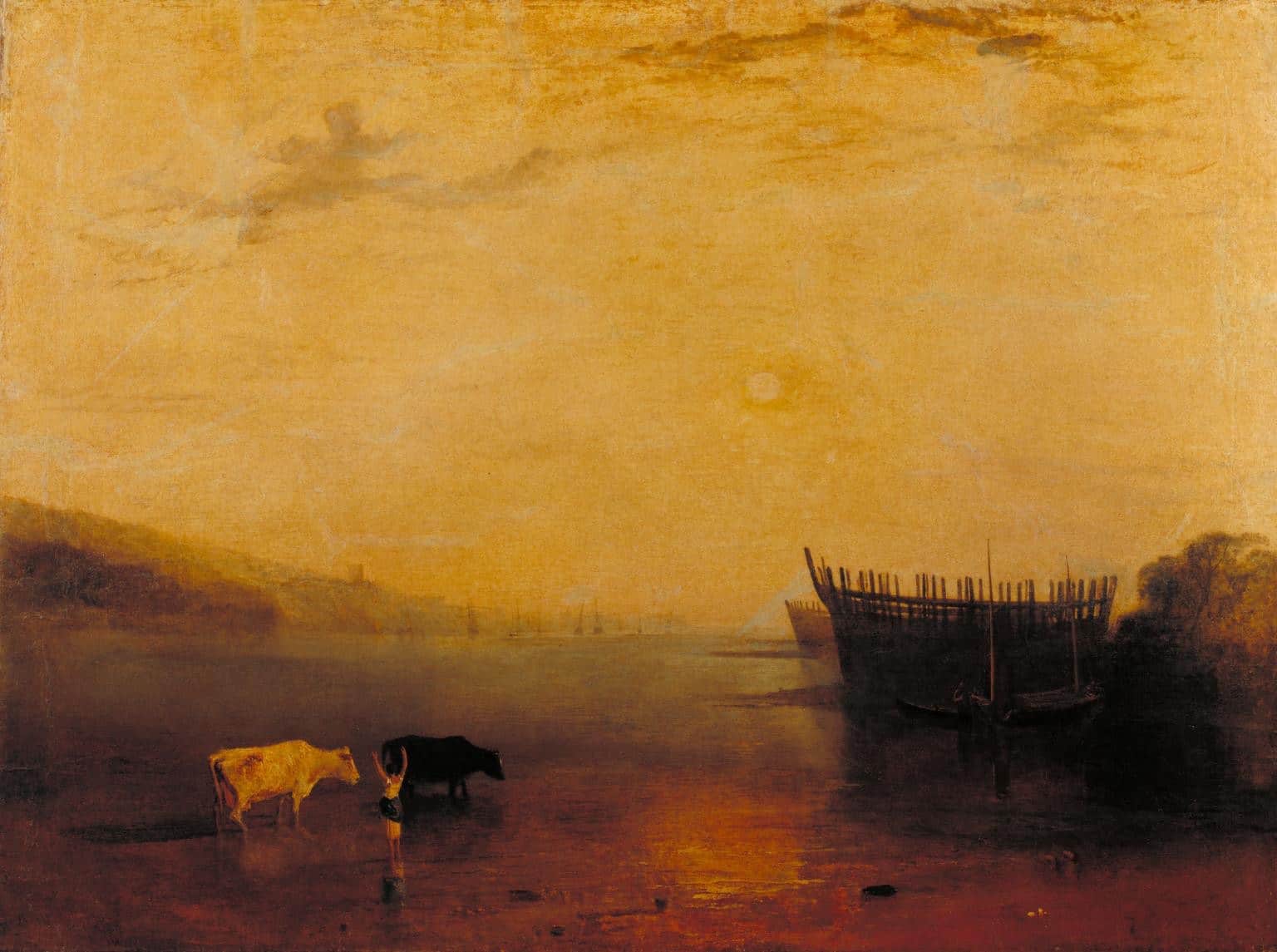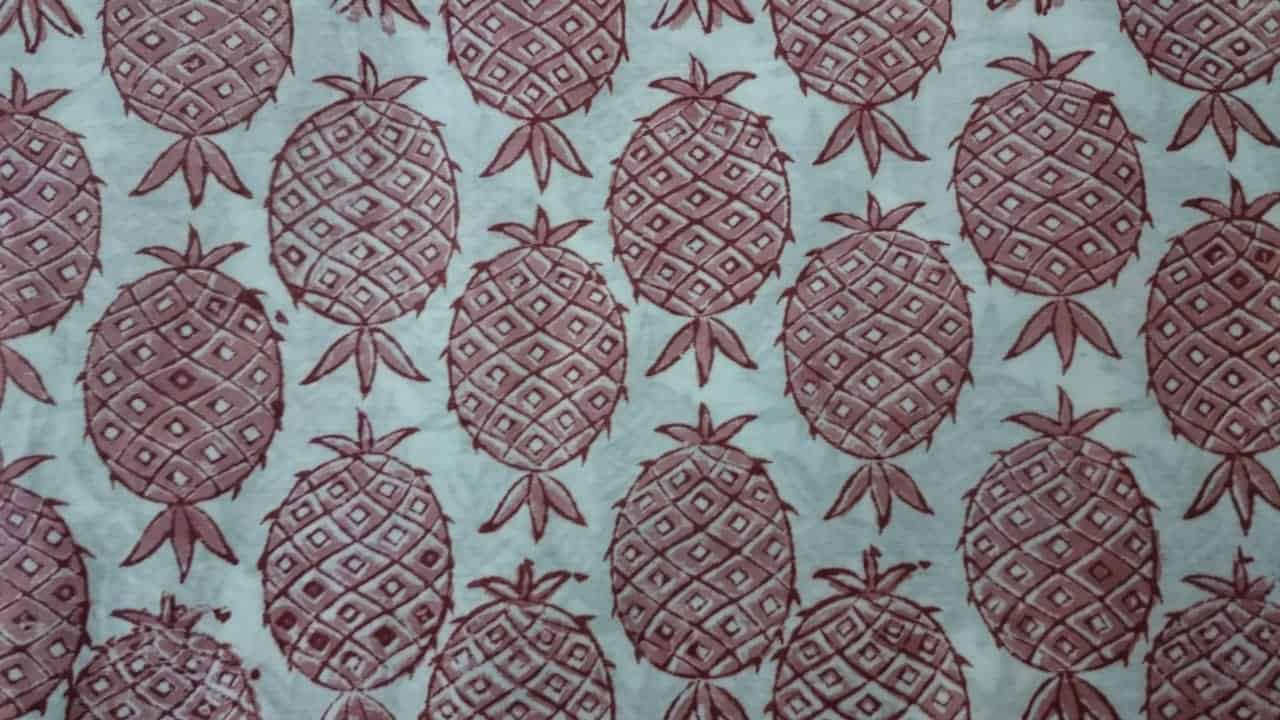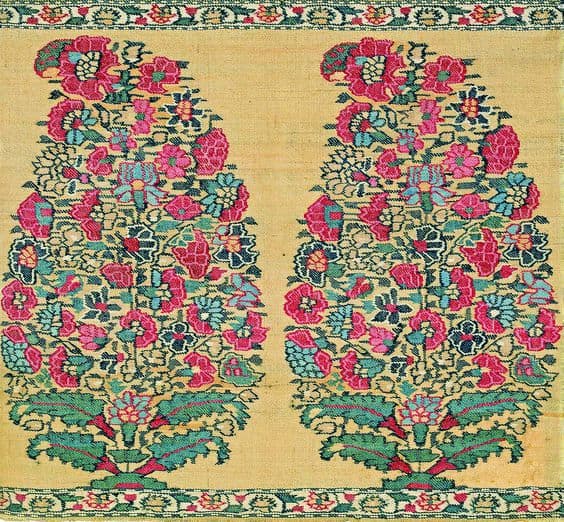01 Oct Toile de Jouy, the Fabric Symbolic of French Savoir-faire
[vc_row css_animation="" row_type="row" use_row_as_full_screen_section="no" type="full_width" angled_section="no" text_align="left" background_image_as_pattern="without_pattern" css=".vc_custom_1601504197008{padding-right: 15px !important;}" z_index=""][vc_column offset="vc_col-xs-12"][vc_column_text]
[caption id="attachment_2870" align="alignleft" width="364"]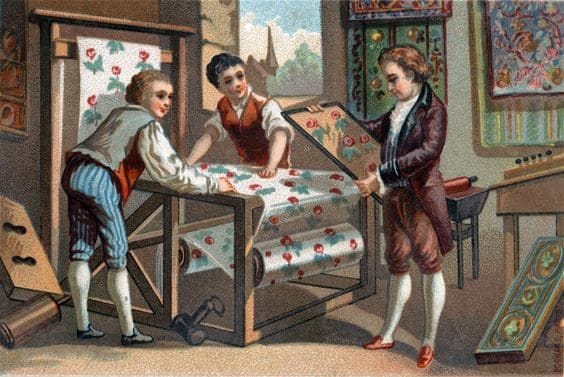 In 1785 Christophe-Philippe Oberkampf invented the first machine for printing wallpaper, later printing on cotton fabric at his factory in Jouy-en-Josas, hence the prints were known as Toile de Jouy[/caption]
In 1785 Christophe-Philippe Oberkampf invented the first machine for printing wallpaper, later printing on cotton fabric at his factory in Jouy-en-Josas, hence the prints were known as Toile de Jouy[/caption]The term 'Toile de Jouy' (meaning, "cloth from Jouy") refers to the printed cotton produced by the Oberkampf textile manufactory at Jouy en Josas in Normandy from 1760 to 1843. It is most often associated with a Rococo pattern of Shepherds and shepherdesses encircled with floral garlands, usually in blue or pink, on a white background. The term is generic and encompasses a wide range of designs from Neoclassical to more generalized floral patterns.


